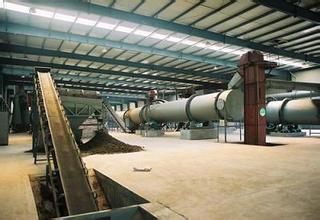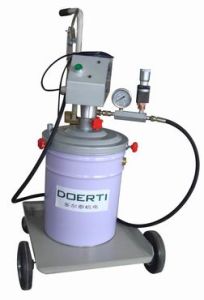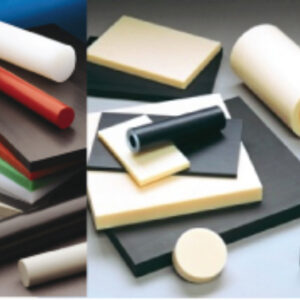Organic fertilizer is an essential component of sustainable agriculture. Unlike synthetic fertilizers, which can damage the environment and harm soil health over time, organic fertilizers are made from natural sources and provide a range of benefits for crops and soil. In recent years, there has been a growing interest in the production of organic fertilizers, and many farmers and gardeners are turning to organic fertilizers to promote plant growth and improve soil health.
One important aspect of organic fertilizer production is the use of an organic fertilizer production line. This production line is designed to turn raw materials, such as plant matter, animal waste, and food scraps, into a usable and effective fertilizer product. In this article, we will discuss the main stages of an organic fertilizer production line and how they work together to create a sustainable and effective fertilizer product.

Raw Materials
The first stage of the organic fertilizer production line is the collection and processing of raw materials. These raw materials can come from a variety of sources, including agricultural waste, animal manure, food scraps, and other organic matter. Once collected, the raw materials are typically composted to break down the organic matter and create a nutrient-rich material that can be used in fertilizer production.
Composting
Composting is a crucial step in the organic fertilizer production process. During composting, microorganisms break down the organic matter in the raw materials, releasing nutrients and creating a nutrient-rich material that can be used as fertilizer. Composting requires the right conditions, including temperature, moisture, and oxygen levels, to ensure that the organic matter breaks down efficiently and effectively.
Mixing and Granulation
Once the composted material is ready, it is mixed with other nutrients and additives to create a balanced fertilizer product. The mixture is then granulated, which turns it into a usable form. Granulation is an important step because it ensures that the fertilizer product is easy to handle and apply to crops or soil.
Drying and Packaging
After granulation, the fertilizer product is dried to remove excess moisture and prevent spoilage. The dried fertilizer is then packaged in bags or containers and labeled for sale or distribution. Packaging is important because it ensures that the fertilizer product stays fresh and effective until it is used.
Quality Control
Finally, quality control is a crucial aspect of organic fertilizer production. Quality control measures ensure that the fertilizer product is safe, effective, and free from contaminants. Testing for nutrient content and potential contaminants is a critical part of quality control, and it helps to ensure that the fertilizer product is of the highest quality.
Conclusion
The organic fertilizer production line is an essential component of sustainable agriculture. By turning raw materials into a usable and effective fertilizer product, the production line helps to promote plant growth and improve soil health. As interest in organic fertilizers continues to grow, the production of organic fertilizers will become even more important in the years ahead. By using an organic fertilizer production line, farmers and gardeners can create sustainable and effective fertilizer products that promote healthy plant growth and protect the environment.





